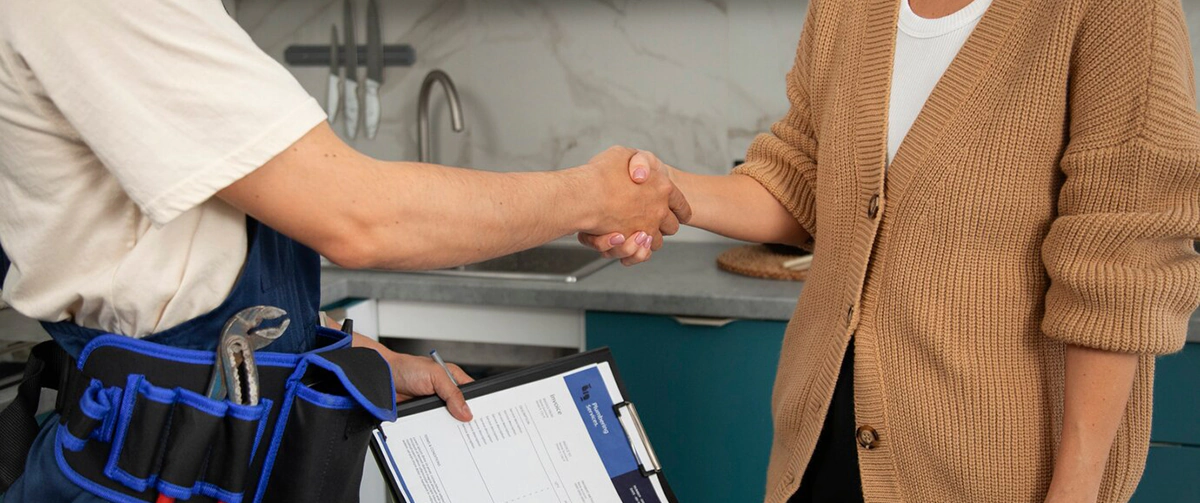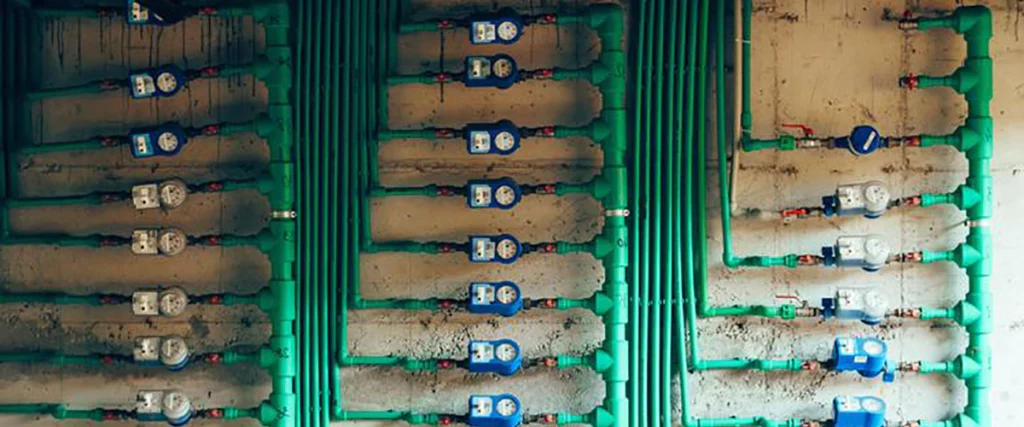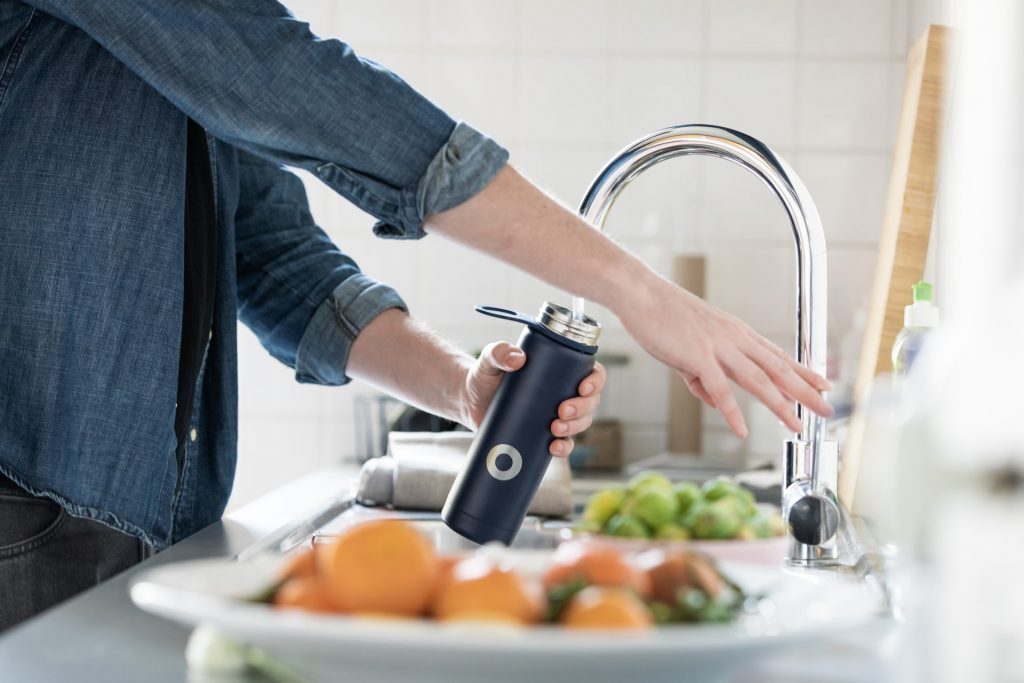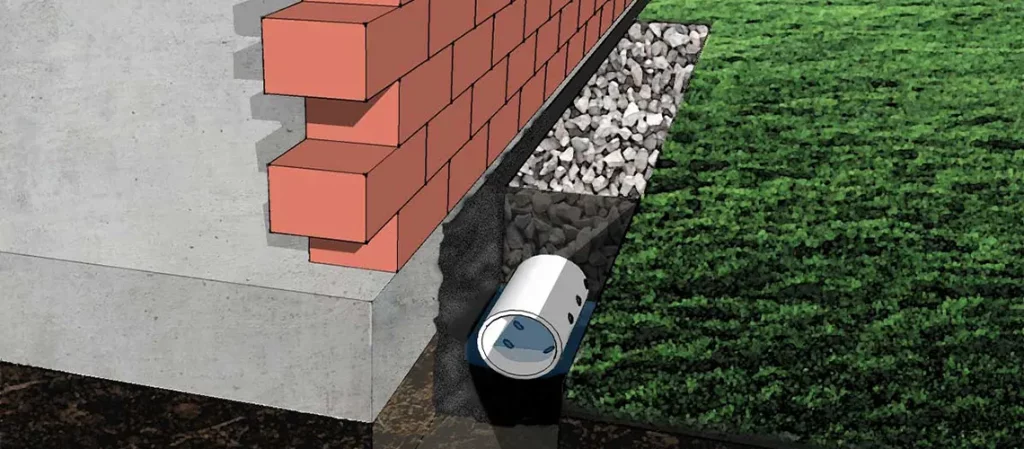If you’re considering the charm and tranquillity of a rural home, it’s essential to pay attention to the plumbing system. Rural properties often come with unique challenges, and understanding how to navigate them can save you from potential issues down the line. Here are crucial plumbing tips to keep in mind when buying a rural home:
Contents
Assess the Water Source
Rural homes might rely on private wells or other non-municipal water sources. Ensure you understand the condition and quality of the water source. Consider getting a water quality test to check for contaminants and ensure safe drinking water.

When considering a rural property, one of the critical aspects to evaluate is the water source. Rural homes often rely on private wells or alternative non-municipal sources. Here’s a guide on how to assess the water source:
Check the Type of Water Source:
- Identify whether the property relies on a well, borehole, spring, or another water source. Different sources may have varying water quality and extraction methods.
Conduct a Water Quality Test:
- Arrange for a comprehensive water quality test. This test will assess the presence of contaminants such as bacteria, minerals, and chemicals. It ensures the water is safe for consumption and daily use.
Verify Water Quantity:
- Evaluate the water yield and ensure it meets the household’s needs. A professional assessment can determine if the water source provides an adequate supply, especially during peak usage periods.
Check the Water Pump System:
- Examine the condition and type of water pump system in place. Verify if it is submersible or jet pump and assess its age and efficiency. A well-maintained pump system ensures consistent water supply.
Assess the Water Pressure:
- Test the water pressure in different areas of the property. Inconsistent or low water pressure could indicate issues with the pump or the water source. Addressing this early prevents potential plumbing problems.
Septic System Inspection
Many rural homes use septic systems for waste disposal. Have the septic system inspected to determine its age, condition, and whether it meets current regulations. Regular maintenance and pumping are crucial for the longevity of the septic system.

Review Septic System Records:
- Request any existing records related to the septic system. This may include maintenance logs, pumping history, or any repairs carried out in the past. Understanding the system’s history provides valuable insights into its current condition.
Locate and Expose the Septic Tank:
- Identify the location of the septic tank on the property. Ensure the tank’s access points, such as inspection ports or lids, are easily accessible. Excavate the soil covering the tank to expose its components for inspection.
Check Septic Tank Condition:
- Inspect the septic tank for signs of damage, corrosion, or structural issues. Check for cracks or leaks, and assess the overall condition of the tank. Any visible damage should be addressed promptly to prevent further deterioration.
Measure Septic Tank Sludge and Scum Levels:
- Measure the levels of sludge and scum inside the septic tank. Excessive accumulation of these layers indicates the need for pumping. Regular pumping is crucial to maintain the tank’s efficiency and prevent blockages.
Inspect the Drainfield:
- Examine the drainfield, also known as the leach field or absorption area. Look for any signs of standing water, odours, or lush vegetation, as these may indicate issues with the drainage. A healthy drainfield allows effluent to be absorbed into the soil without problems.
Check for Hard Water
Rural areas may have a higher prevalence of hard water. Hard water can lead to limescale build-up in pipes and appliances. Consider installing a water softener to mitigate potential issues and prolong the life of your plumbing fixtures.
| Step | Description |
| 1. Observe Soap and Detergent Performance | Check the lathering ability of soaps and detergents. Lack of suds or difficulty rinsing may indicate hard water. |
| 2. Inspect Plumbing Fixtures | Examine faucets and showerheads for mineral deposits. White, chalky residue (limescale) can affect water flow and efficiency. |
| 3. Check for Soap Scum | Look for persistent soap scum in sinks, bathtubs, and showers. Difficulty cleaning may suggest the presence of hard water. |
| 4. Assess Appliance Performance | Inspect appliances for mineral build-up and reduced efficiency. Water heaters and dishwashers can be impacted by hard water. |
| 5. Examine Glassware and Dishes | Check glassware and dishes for spots and streaks after washing. These marks can be indicative of hard water affecting cleanliness. |
| 6. Test Water with a Hardness Test Kit | Use a hardness test kit with test strips to check the water’s mineral content. Follow kit instructions for accurate results. |
| 7. Consult Water Supplier or Local Authorities | Contact local water suppliers or authorities for information on water quality. Inquire about water hardness levels in the area. |
| 8. Consider Professional Water Testing | Hire a professional water testing service for a detailed analysis. Professionals can provide comprehensive data on water quality, including hardness levels. |
| 9. Explore Water Softening Solutions | If hard water is confirmed, research water softening solutions. Water softeners can effectively remove minerals and prevent negative effects on plumbing and appliances. |
| 10. Educate Yourself on Local Water Conditions | Research and educate yourself on common water issues in the local area. Understanding regional water conditions helps in taking proactive measures for water quality improvement. |
Know the Heating System
Rural homes may use different heating systems, such as boilers or heating oil. Understand the type of heating system in place and check its condition. Regular maintenance is key to preventing issues, especially during colder seasons.

Identify the Heating System Type:
- Determine the type of heating system installed. Common types include central heating (gas or oil), electric heating, underfloor heating, or alternative systems like wood-burning stoves. Each system has its own advantages and considerations.
Check the Age and Condition:
- Inquire about the age of the heating system. Older systems may be less energy-efficient and more prone to issues. A well-maintained system is likely to have a longer lifespan and provide reliable heating.
Understand the Fuel Source:
- Identify the fuel source for the heating system. Whether it’s gas, oil, electricity, or renewable energy sources, understanding the fuel source is crucial for future maintenance and potential upgrades.
Check for Regular Maintenance:
- Ask for maintenance records or inquire about the regularity of maintenance. Well-maintained heating systems operate efficiently and are less likely to experience breakdowns. Regular servicing contributes to the system’s longevity.
Assess Energy Efficiency:
- Investigate the energy efficiency rating of the heating system. Modern and energy-efficient systems contribute to reduced energy bills and a lower environmental impact. Look for systems with high-efficiency ratings.
Insulate Pipes Properly
Rural areas may experience harsher weather conditions. Ensure that the plumbing pipes are adequately insulated to prevent freezing during winter. Frozen pipes can lead to bursts and significant damage.
Identify Vulnerable Pipes:
- Identify pipes that are exposed to colder temperatures, both inside and outside the property. Pay special attention to those in unheated areas like basements, attics, and crawl spaces.
Choose Suitable Insulation Material:
- Select appropriate insulation materials based on the type of pipes and the prevailing weather conditions. Common insulation materials include foam sleeves, fibreglass wraps, and heat tape. Ensure the chosen material is suitable for the specific application.
Measure and Cut Insulation:
- Measure the length of the pipes accurately and cut the insulation material accordingly. Ensure a snug fit to cover the entire length of the pipe, leaving no exposed areas vulnerable to temperature extremes.
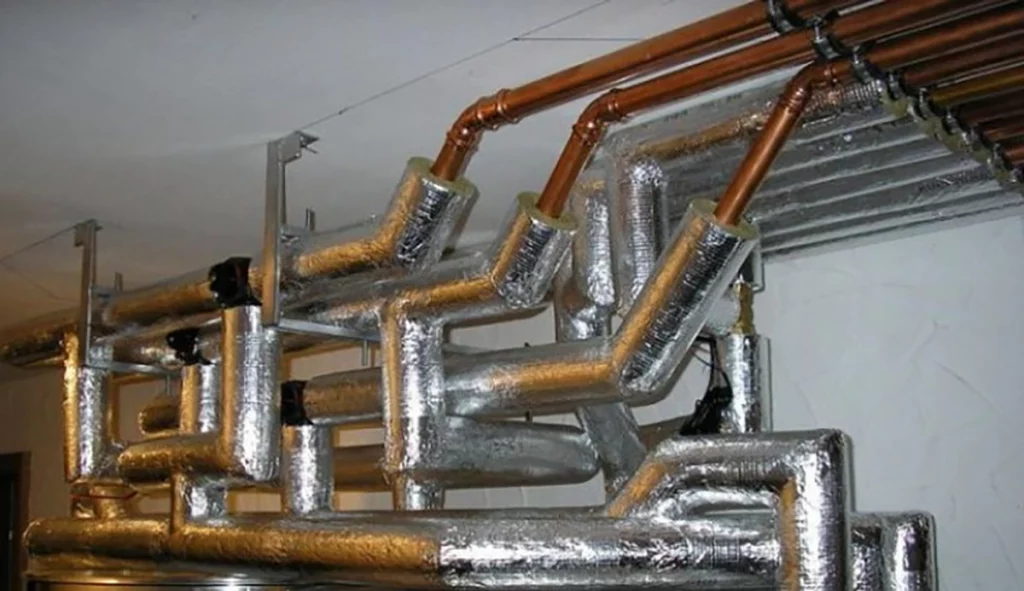
Seal Joints and Gaps:
- Use adhesive or tape to seal joints and gaps in the insulation. This prevents cold air from reaching the pipes and ensures the insulation functions effectively. Proper sealing also helps in maintaining energy efficiency.
Insulate Both Hot and Cold Water Pipes:
- Insulate both hot and cold water pipes. While insulation is commonly associated with preventing freezing, it also helps conserve energy by maintaining the temperature of hot water pipes, reducing heat loss.
Verify Plumbing Permits
Check if any plumbing renovations or additions have been made to the property and if they were done with the necessary permits. This ensures that the plumbing work meets local regulations and standards.
Contact Local Building Authorities:
- Reach out to the local building or planning department in the area where the rural home is located. These authorities maintain records of permits issued for construction and plumbing work.
Provide Property Information:
- Furnish relevant information about the property, such as its address and owner details, to the local authorities. This will assist them in locating the necessary records related to plumbing permits.
Check for Existing Permits:
- Inquire about any existing plumbing permits for the property. Determine if permits were obtained for specific plumbing installations or renovations, ensuring compliance with local building codes.
Ask for Documentation:
- Request documentation related to plumbing permits. This may include permit certificates, inspection reports, and approvals from local authorities. Proper documentation is essential for ensuring the legitimacy of the plumbing work.
Inspect Plumbing Fixtures and Installations:
- Physically inspect plumbing fixtures and installations in the property. Ensure that the visible plumbing work aligns with the information provided in the permits. Look for signs of proper installation and compliance with building codes.
Check for Completed Inspections:
- Verify that the plumbing work underwent necessary inspections as part of the permitting process. Completed inspections indicate that the work meets safety and quality standards.
Confirm Compliance with Regulations:
- Ensure that the plumbing work complies with local building regulations and codes. Different regions may have specific requirements, and compliance is essential to avoid potential issues in the future.
Buying a rural home is an exciting venture, and paying attention to the plumbing details can save you from potential headaches. By assessing the water source, understanding the septic system, and addressing specific challenges unique to rural properties, you can ensure a smooth transition to your idyllic countryside abode.
Remember, a well-maintained plumbing system contributes significantly to the overall comfort and longevity of your rural home. Taking these precautions will help you enjoy the tranquillity of rural living without unexpected plumbing surprises.
FAQs
Well water safety depends on various factors. It’s recommended to conduct regular water quality tests to ensure the absence of contaminants and bacteria. Consider installing water filtration systems for added safety.
Septic systems should undergo regular inspections at least every three to five years. However, factors like household size and water usage can influence the frequency. Regular pumping and maintenance are essential for optimal septic system performance.
Yes, installing a water softener is advisable for homes with hard water. It helps prevent limescale build-up in pipes and appliances, ensuring a longer lifespan for plumbing fixtures.
To prevent frozen pipes, ensure proper insulation, especially in areas exposed to colder temperatures. Keep the heating system functioning optimally, and consider using heat tape or pipe insulation for additional protection.
Check for water stains, mould, or dampness in various areas of the property. Monitor your water metre for unexpected increases in usage. Promptly address any signs of leaks to prevent structural damage and maintain a healthy living environment.



